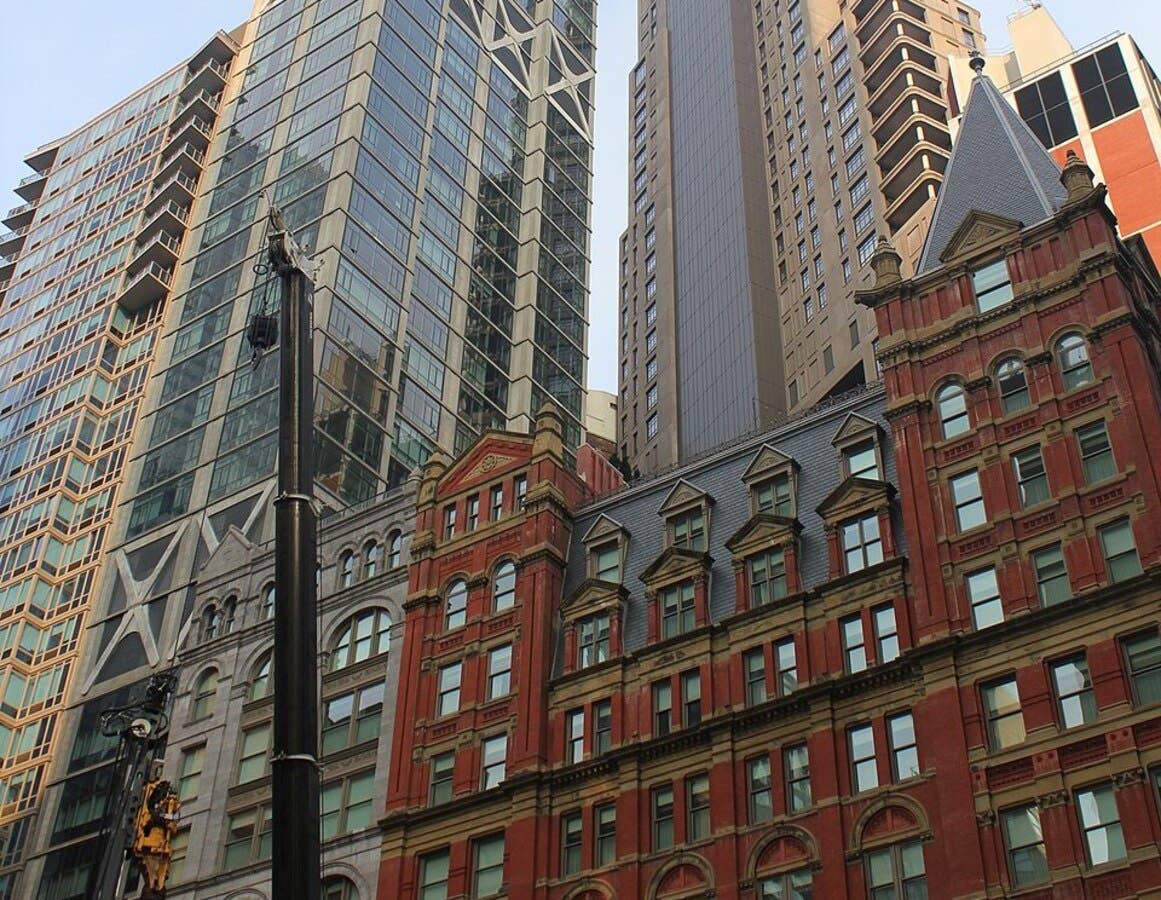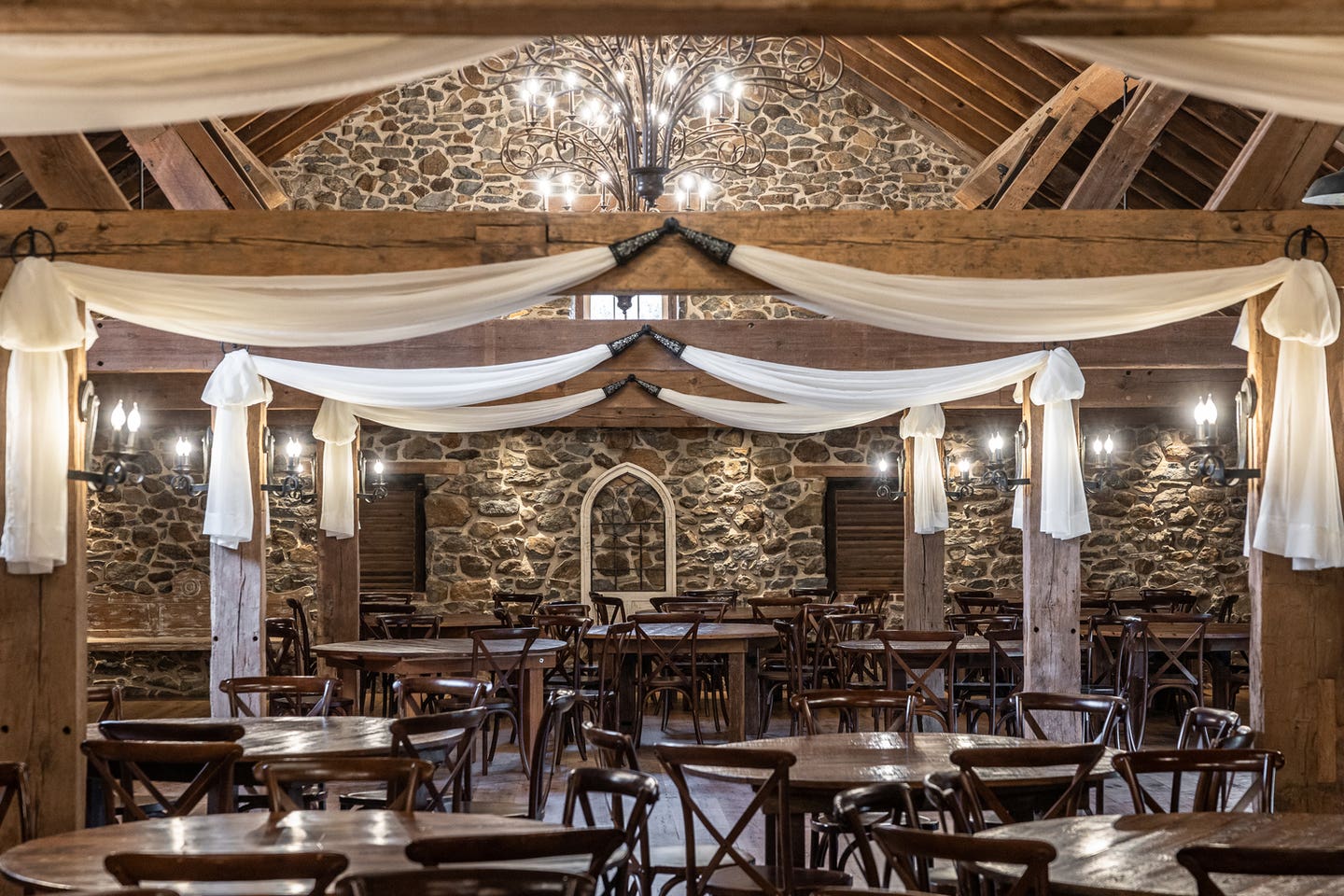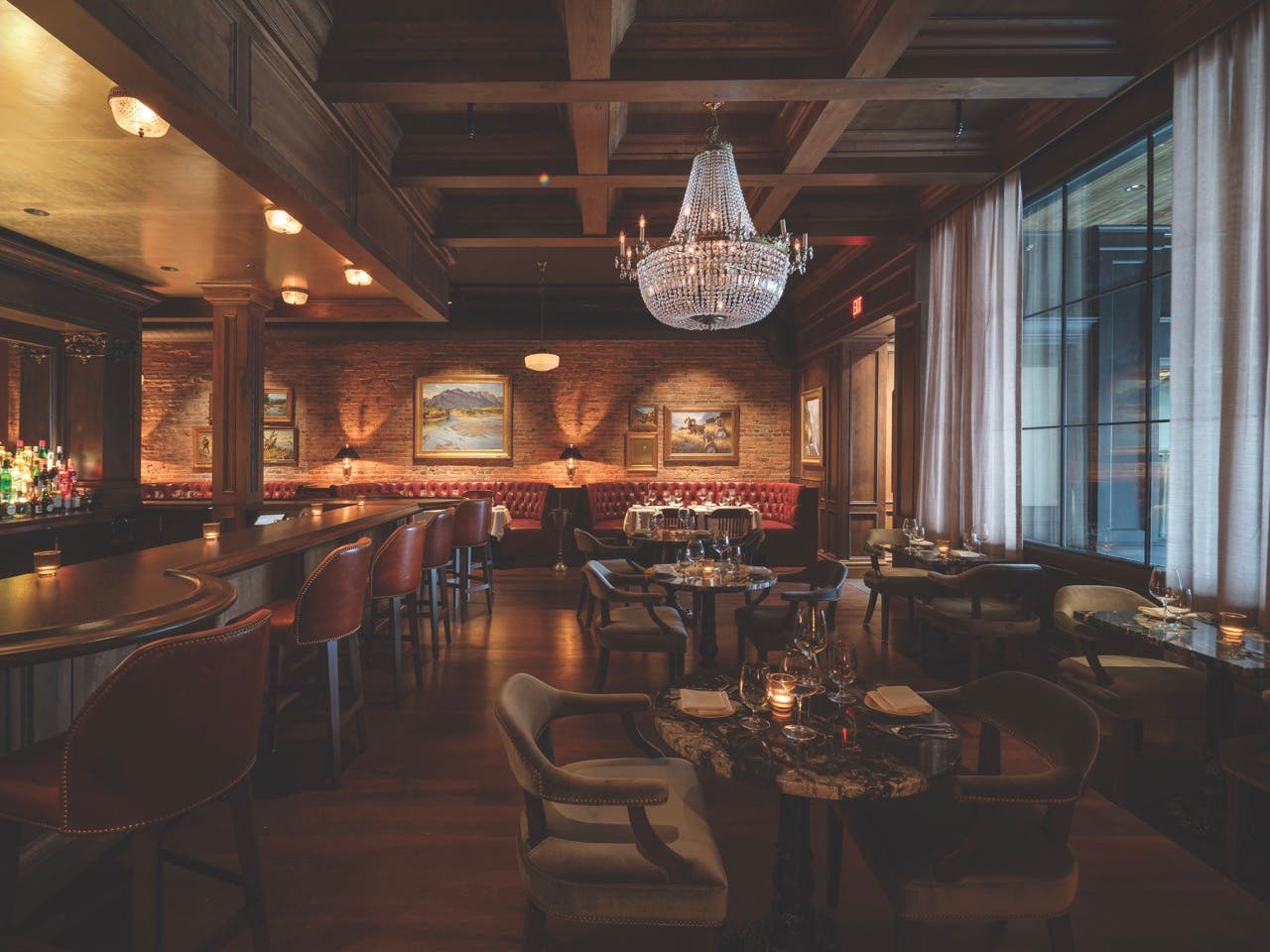
Religious Buildings
Saving a Timbrel-vault Basilica
A major capital campaign aimed at halting the slow deterioration of one of this nation’s most ambitious timbrel vaulted domes—at the Basilica of St. Lawrence in Asheville, North Carolina—is now underway.
“It’s a landmark building in a city of landmark buildings,” says Jennifer Cathey, restoration specialist for the North Carolina State Preservation Office. “It really stands out as an Old-World form in the Spanish Baroque Revival Style.”
It was designed by Rafael Guastavino, the Spanish architect who brought an innovative Catalan timbrel vault technology—dating back to the 12th or 13th centuries—to the United States. He landed in New York in 1881, designed the Spanish Pavilion at the World Columbian Exposition of 1893—and lectured at the AIA conference there.
“Guastavino brought a construction method with him that was completely unknown in the U.S.,” says Christopher Woollard, an associate at Joseph K. Oppermann—Architect, P.A., in Winston-Salem, North Carolina. “He came at a great time architecturally because of the renewed interest in public spaces with Beaux Arts design.”
Architects of the period sought public buildings that were grand and fireproof—and Guastavino’s structural masonry not only met those needs, but was cost-efficient too. “He was using thin clay tiles layered together, with plaster drying fast for the first coat,” he says. “Additional layers were in Portland cement.”
His method was superior to other vaulting because it was cheaper and stronger, and could span great distances. Cost savings arrived on the wings of reduced labor and fewer materials, sure winners in any era. “He was largely responsible for a resurgence in grand public spaces in the U.S.,” he says.
He worked with McKim Mead & White on the Boston Public Library. With his son, the Spanish architect then began to build a practice. They would work on the Oyster Bar and Whispering Gallery Arch at Grand Central Terminal for Reed & Stem, and The Breakers at Newport with Richard Morris Hunt.
Hunt would provide Guastavino with an entrée to Asheville and George Vanderbilt’s Biltmore Estate. “Of the craftsmen invited to work on Biltmore, he was one of the few that Richard Morris Hunt invited by name,” he says. “He looked at Hunt’s drawings and said: ‘I think I should install here, here, and here,’ using a red pen.”
Hunt commissioned him to create Biltmore’s decorative tile vaulting for the hall ceilings around the Winter Garden, the tile work in the Swimming Pool, and the herringbone pattern on the ceiling of the Porte Cochere.
Guastavino liked Western North Carolina so much that he decided to make his home there, buying land on Black Mountain. He built a home, then added a wine cellar and a number of kilns for firing tiles, as he explored the resources of North Carolina—especially its clay.
During his career, he designed only a few projects from the ground up, including townhouses and private clubs in New York. Instead, he was known mostly for contributing to other architects’ projects. It’s estimated today he worked on more than 1,000 buildings, including chapels at West Point and Duke University, as well as Carnegie Hall.
But the Basilica of St. Lawrence was his crowning achievement. In 1903, he donated his design, his oversight services, and even the tiles for its construction—which his company produced. Local architect R. S. Smith was involved also, especially with the foundation and supervision, and some of the drawings were produced in his office.
Its basilica designation was bestowed in 1993, decades after construction, and is a designation of honor given to a church in recognition of special importance. St. Lawrence’s basilica designation was in large part due to Guastavino and the high quality of design and craftsmanship.
This is heroic architecture at its best. “It’s his culminating work—the tile work is decorative and functional, but here’s a basilica that from start to finish, top to bottom, displays the qualities of his cohesive tile construction,” says Cathey. “It’s structural masonry and structural tile—he was employing his lifetime expertise on this building.”
It features one of the largest unsupported elliptical domes in the nation. Derek Trelsted, an engineer at Robert Silman Associates in New York who’s restored a dozen Guastavino projects, calls the dome covering an entire, 3,800-square-foot nave “spectacular.”
“As architecture, it’s remarkable because of the surfaces and how it fills the spaces it fills—and he makes it look simple,” the engineer says of Guastavino’s technique. “It’s a defiant technology in the face of concrete and steel, in form and execution—a very elegant solution that’s hard not to like the more you learn about it.”
But there’s more to this basilica than the architecture alone. “It was his love song to the Catholic Church,” says Mary Everit, president of the Basilica Preservation Fund, which is working in tandem with the local Catholic parish to raise money for its restoration. “He put his money, heart, and soul into the building, and it shows when you see it.”
Alas, Rafael Guastavino contracted pneumonia in 1908 and died before it was finished. His son continued to work there, completing the two front chapels with polychrome tiling. He was also the designer of his father’s burial vault, placed in a corner of the grand space that his father created.
Beautiful as it is, the dome was not without its challenges. It leaked from the get-go, and not long after its completion a copper skin was laid over it. But that, too, was insufficient to solve basic water collection and drainage problems.
“The roof rainwater collection and dispersal system is complicated, and sections of it are undersized,” says architect Joe Oppermann, whose firm completed a Historic Structure Report in 2020. “As a result, the rainwater backs up and overwhelms the system even during modest rainfall. This has been a long-term problem that continues to cause damage to the ornately-designed spaces below.”
Oppermann’s team preparing the Historic Structure Report included his firm’s architects, and architectural historian, and a number of consulting engineers, conservators, and other specialists who surveyed all aspects of the building to determine its condition. Among them was Kent Diebolt’s firm, Vertical Access, which specializes in accessing the inaccessible. Vertical Access staff rappelled the building’s exterior elevations to record conditions on architectural drawings viewed on computers slung around their necks. In addition, they used drones on the interior to document the condition of the dome’s tilework and oculus.
“The masonry, in particular the exterior, has degraded and we found much to be unsafe,” Diebolt says. “Moisture gets into the grout, saturates it, and then wetting and drying and freezing and thawing cycles break things down—the tiles become loose and blow off or fall off.”
They installed netting for debris containment because this is a church with services, parishioners, and visitors on site every day of the week, notes the basilica’s Reverend Roger Arnsparger. “If it is restored, it will continue to be used as an active parish church for liturgical services and as a place for visitors to learn of its history and architecture, as it is now,” he says.
He estimates total restoration costs, inside and out, will range from $10 - $12 million, with timing still in question. “It would be most cost-effective to do it all at once,” Oppermann says. “It would take a year and a half, but if done in phases it might be like the cathedrals in Europe.”
The capital campaign is off to a good start: the parish and BPF recently secured a $250,000 grant from the National Fund for Sacred Places, a collaboration between Partners for Sacred Spaces and the National Trust for Historic Preservation.
Surely, more will come, and for good reason. “This building is unlike other buildings—it’s his,” says Langdon Oppermann, an architectural historian/planner who worked on the report on Guastavino’s basilica. “It’s loved by the community, and its importance as a full Guastavino composition is recognized by professionals worldwide.”
With its capital campaign well underway, it’s now time for all those communities—local, national, and international—to step up and save it.
To make a donation, go to savethebasilica.org








